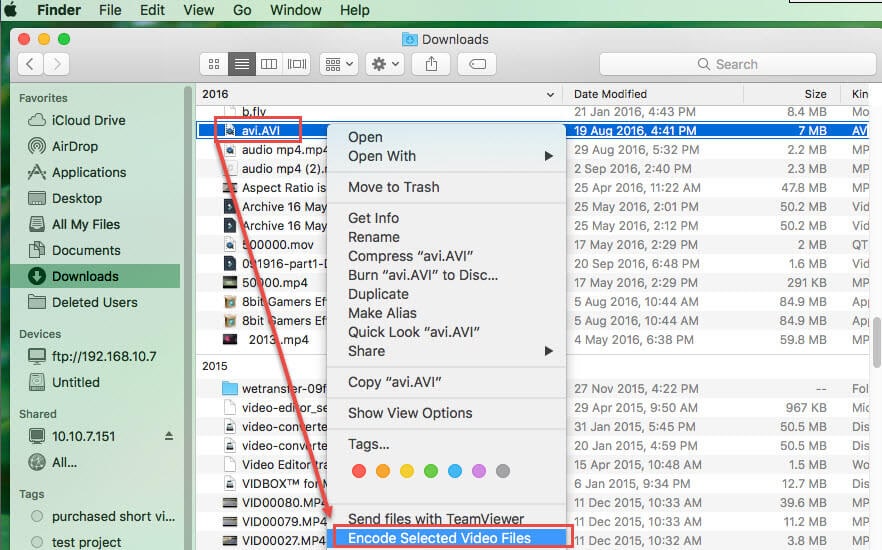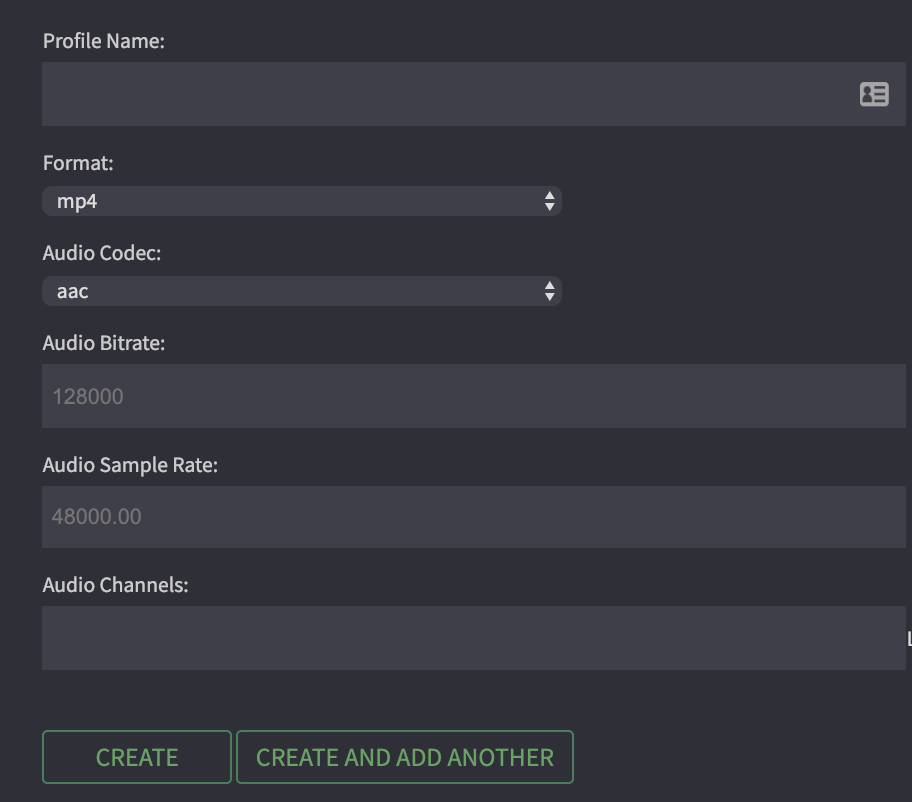

Although it is possible to edit natively with certain types of RAW files, you lose much of the flexibility that comes from shooting RAW when you use that workflow.

There is one major exception to that rule, however, and it's when your capture format is RAW. Luckily, our friends over at Videomaker just put out a helpful excerpt from their post-production course that should shed light on the process. The answer to that question is actually more complicated than you might think, and there quite a few things that need to be taken into consideration before making the choice of whether to transcode or not. However, in the past couple of years, each of the major editing platforms has taken on the ability to natively edit footage from a whole range of cameras and capture formats, which begs the question, is transcoding still a necessary step for most of us to take in our post production workflows? In the past, transcoding was almost always used as an intermediary step before the edit because NLEs like FCP7 and Avid didn't perform particularly well without their specifically-tailored mezzanine codecs (ProRes and DNxHD). One subject that seems to confuse people more than most is that of transcoding.
#Clipwrap transcode software
With all of the codecs, software options, and workflows available to us, it's hard to know if we're being as efficient as we can be.


 0 kommentar(er)
0 kommentar(er)
